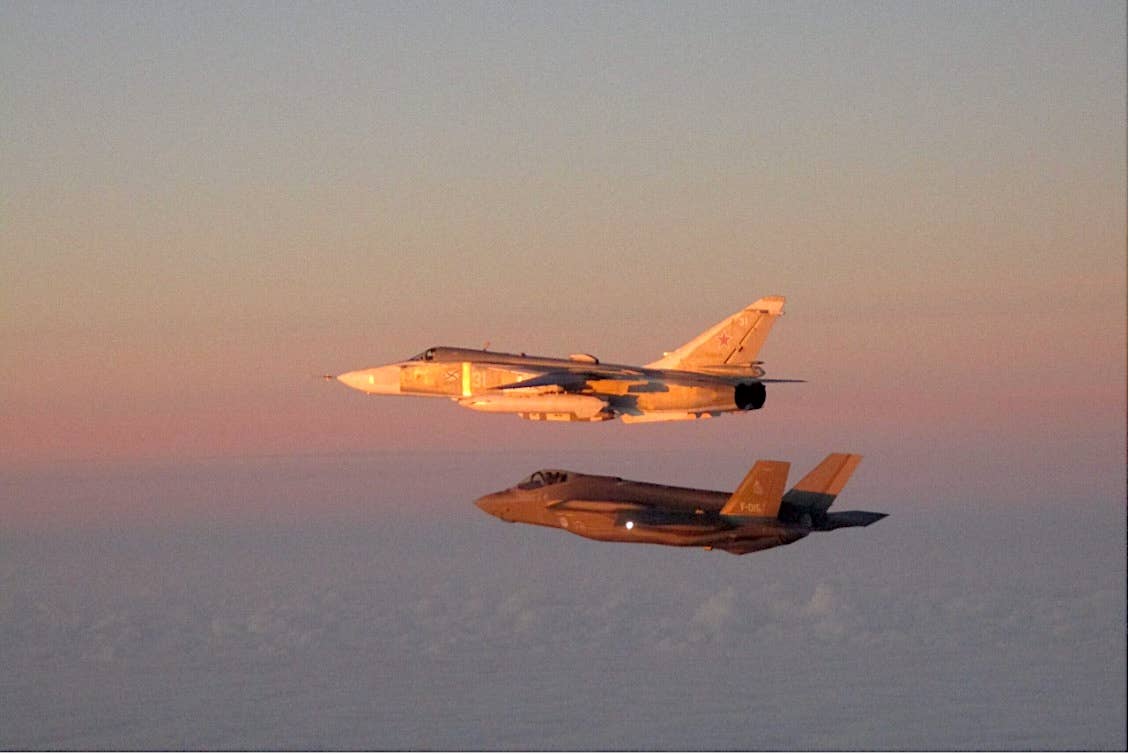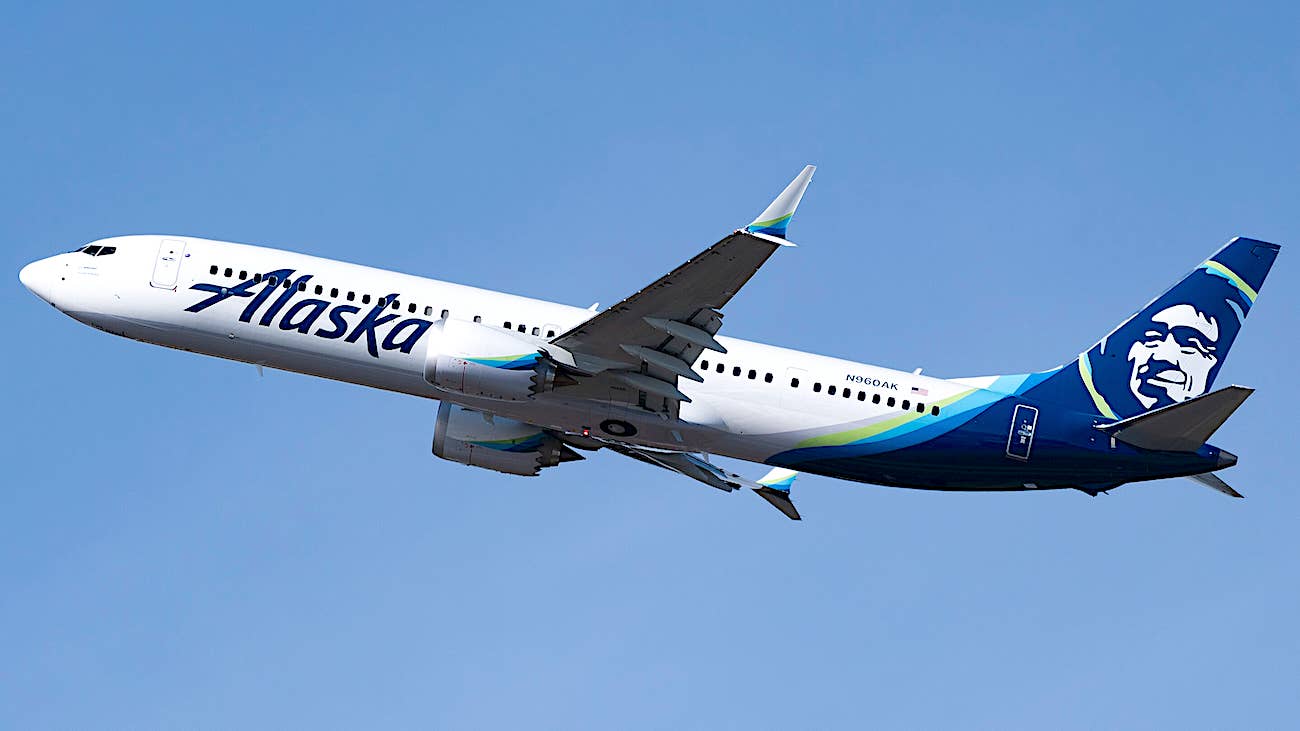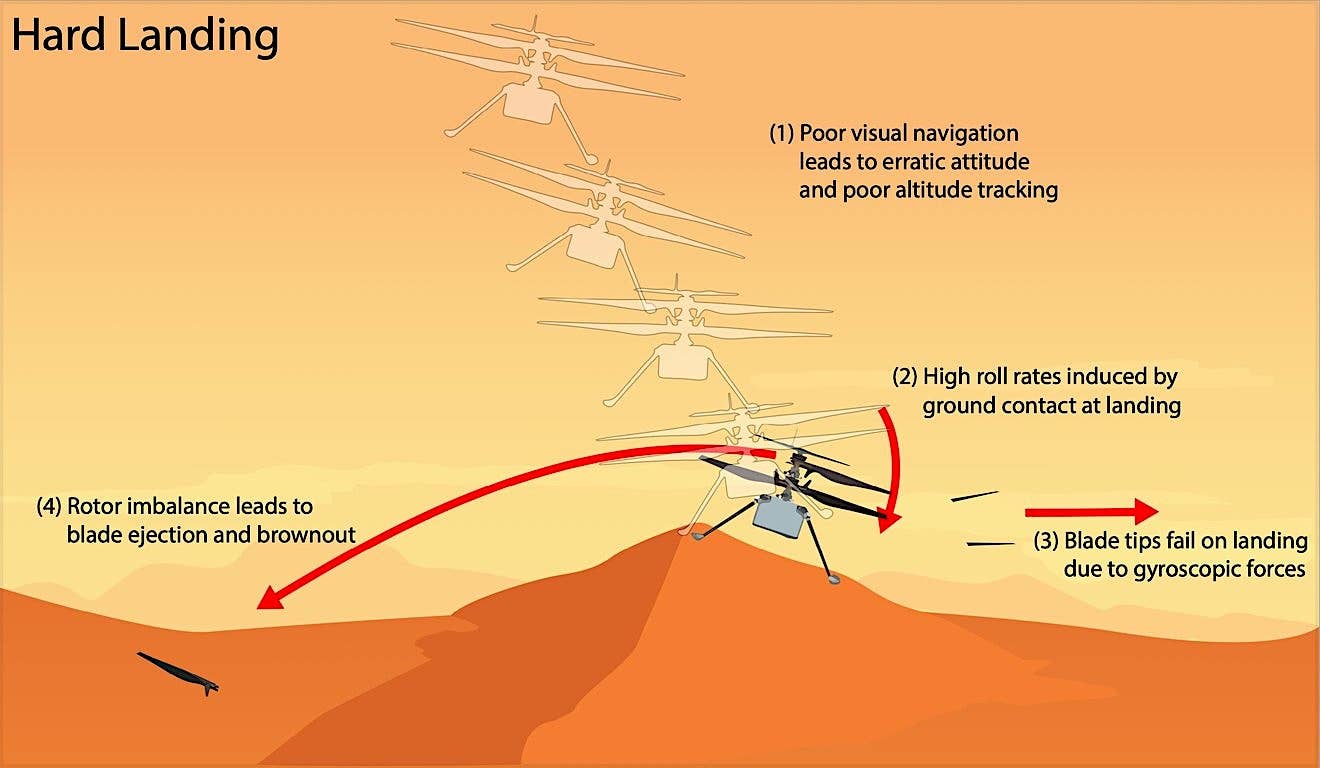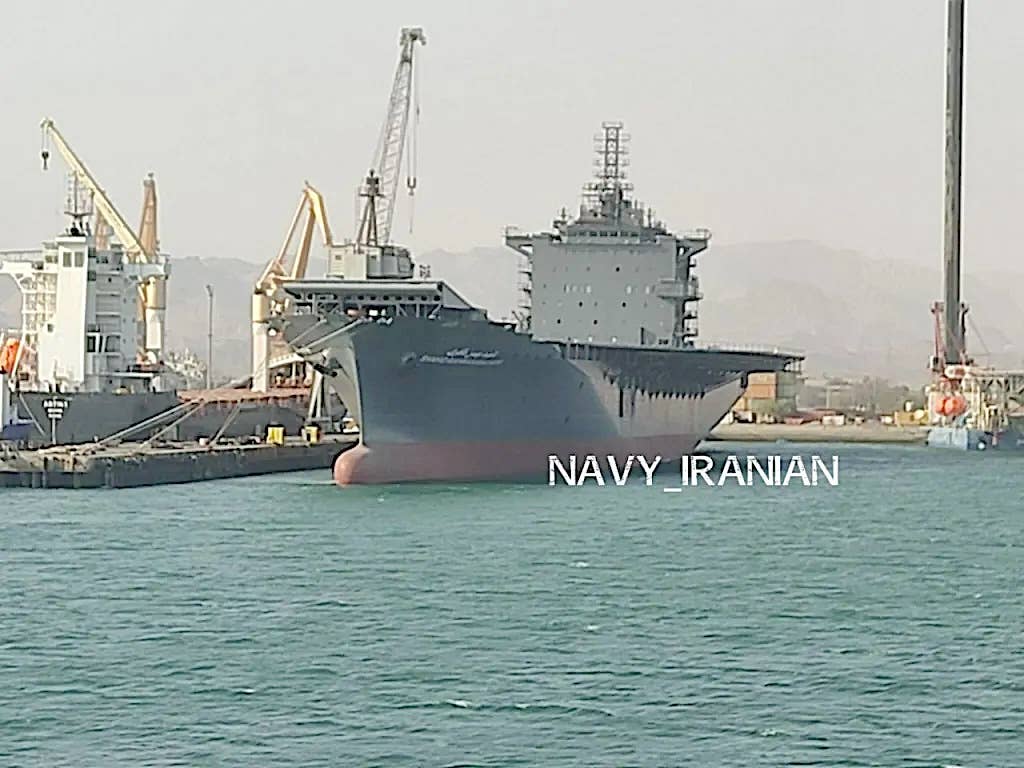Controller Orders 172 Pilot To Land For Being ‘Risk To Aviation Safety’
A controller at Phoenix-Mesa Gateway Airport in Arizona ordered a pilot to land and then grounded her after she appeared to be confused and disoriented while flying in the immediate…
A controller at Phoenix-Mesa Gateway Airport in Arizona ordered a pilot to land and then grounded her after she appeared to be confused and disoriented while flying in the immediate area of the airport. The Cessna 172 pilot, who said she had a private pilot certificate, appeared to not comply correctly with the controller's instructions as other aircraft landed and took off at the airport. At one point she asked to "go back to Falcon Airport" about 15 miles away but the controller had had enough. "I'm going to make you land here at Gateway," he said and after she'd exited the runway he told her, "You've proven yourself a risk to aviation safety at this time." He then told her she was to go to the FBO to get an instructor presumably to fly her back to Falcon Field Airport.
However, the ground controller had trouble getting her to follow his instructions to the FBO and had to tell her which way to turn at every intersection. "The FBO is to your left where the BP gas sign is," he finally says. The aircraft is registered to an LLC in Yorba Linda, California.






